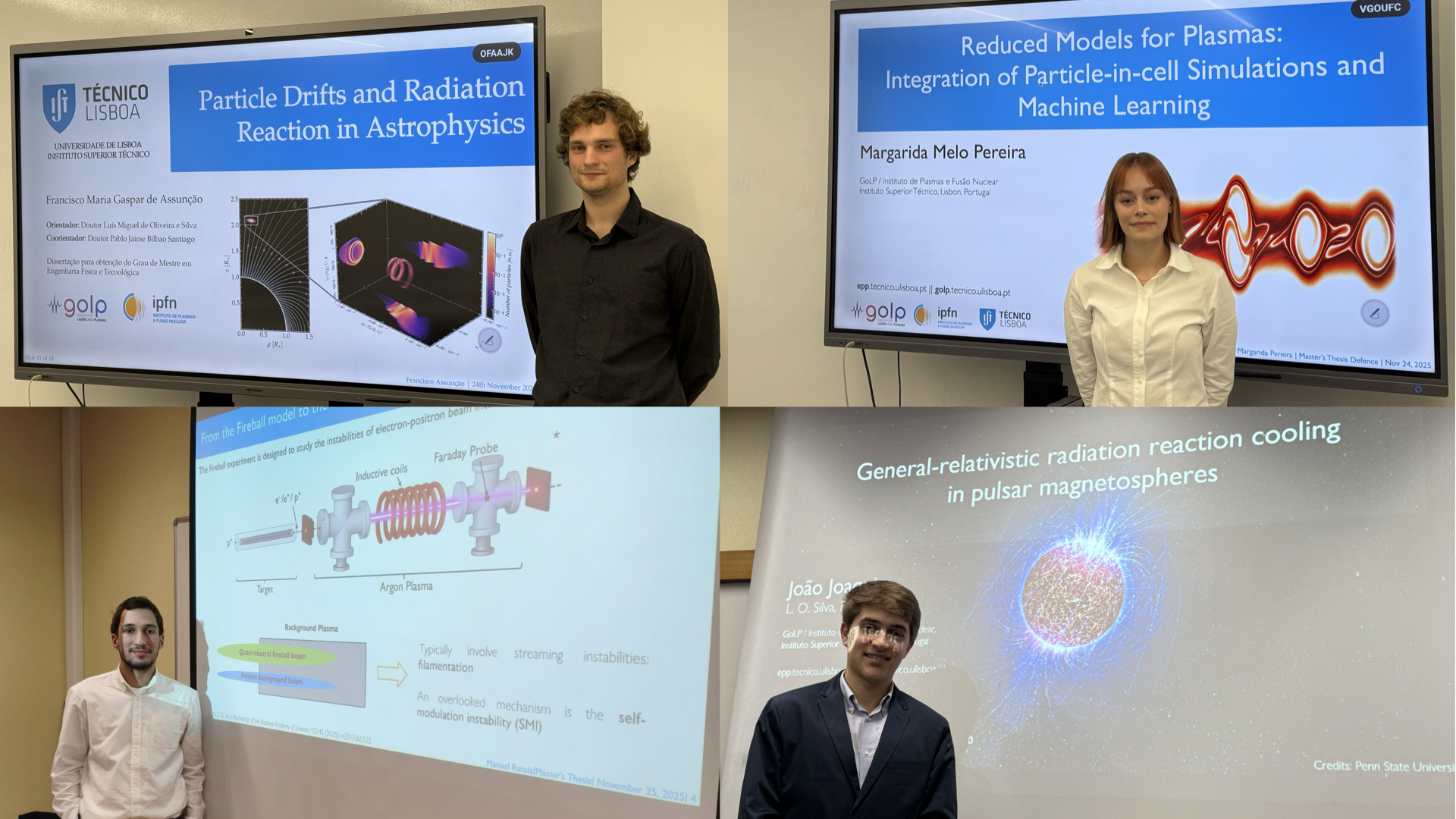 December 1, 2025
December 1, 2025
Four new MSc graduates
In late November, four team members graduated with their MSc: Francisco A (thesis on radiation reaction in non ideal field configurations, top left), João J (radiation reaction and GR, bottom right), Manuel R (theory and simulations of fireball instabilities, bottom left), Margarida P (ML for closures of fluid equations with PIC data, top right). Congratulations to all and best of luck for their future careers!
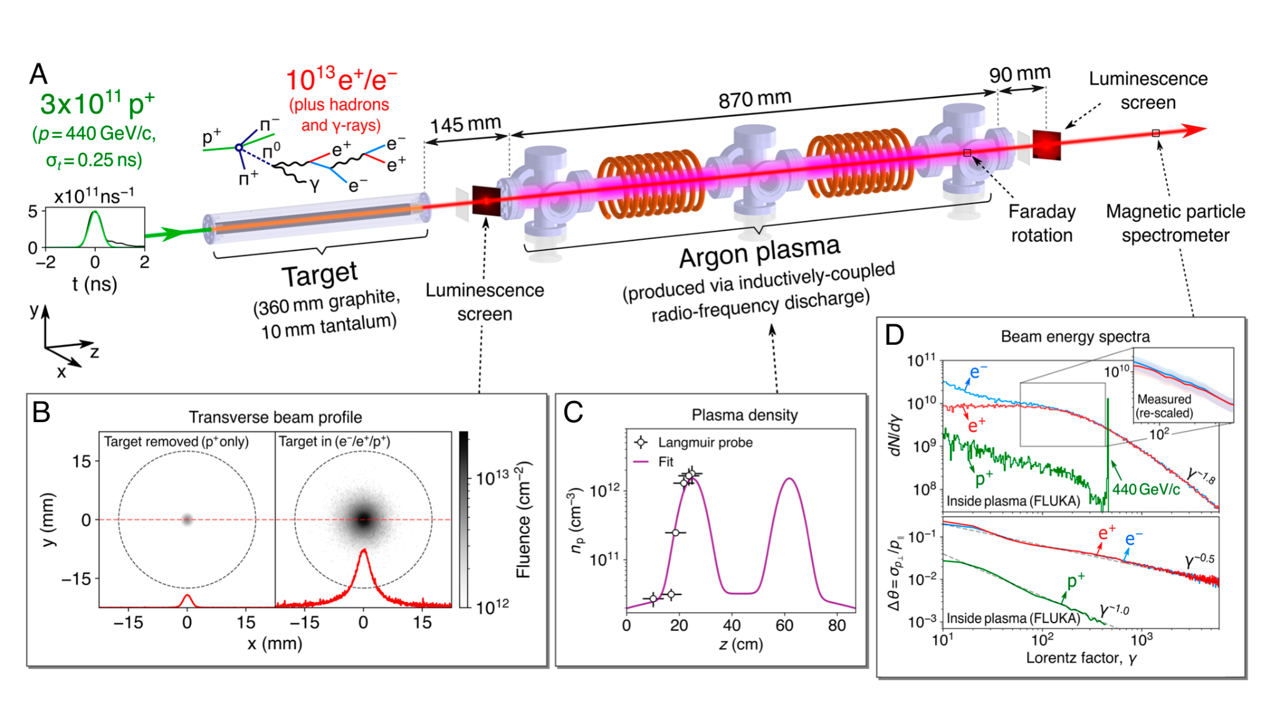 November 7, 2025
November 7, 2025
New paper in PNAS: a laboratory analogue of blazar pair cascades
In a new paper in the Proceedings of the National Academy of Sciences, the Fireball collaboration has demonstrated the suppression of pair beam instabilities in a laboratory analogue of blazar jets, produced at the SPS of CERN.
The epp team contributed with theory and simulations supporting the interpretation of the experimental results (also see the University of Oxford press release).
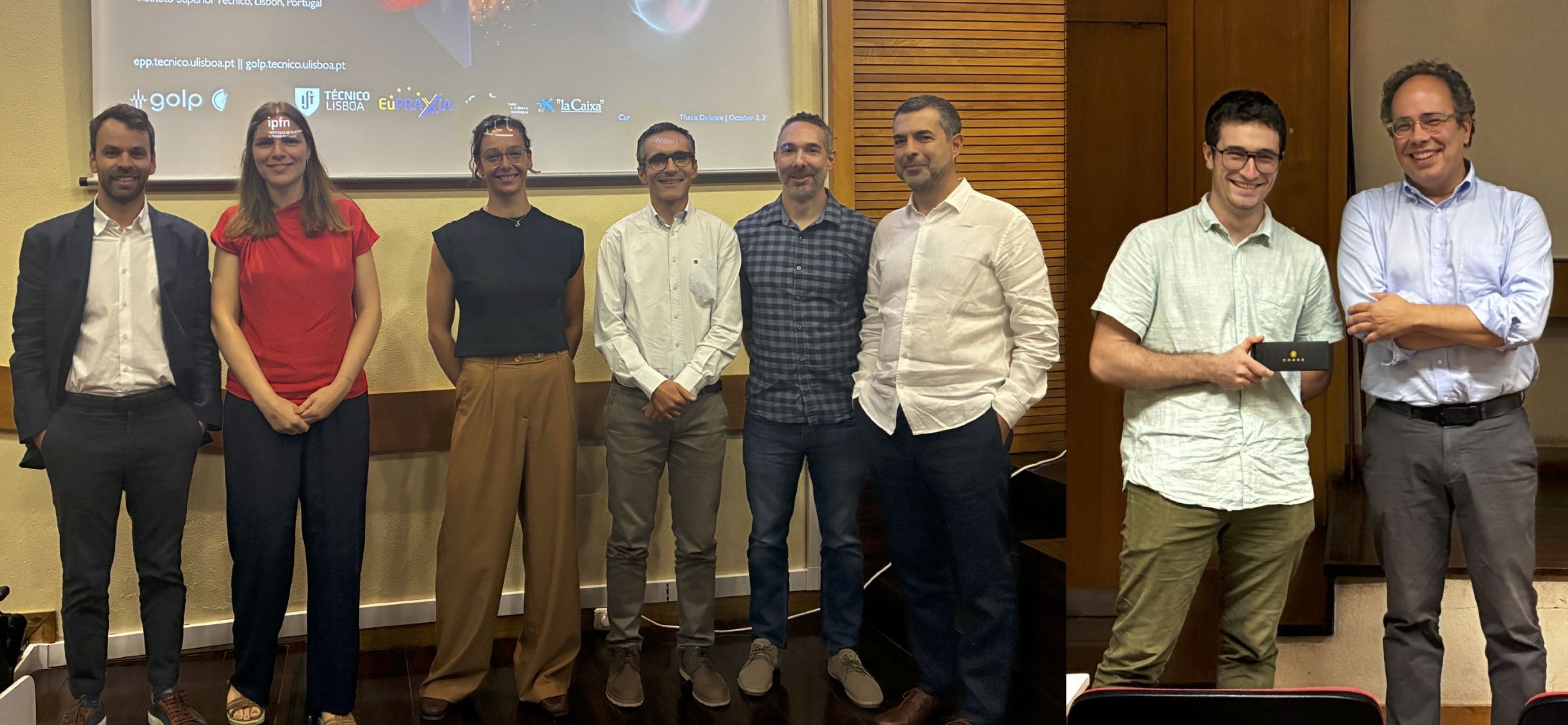 October 14, 2025
October 14, 2025
Two new PhD graduates: Pablo B and Camilla W
Many congratulations to Pablo B (now at the University of Oxford) and Camilla W (now at the University of Bordeaux) that have successfully defended their PhD thesis (on Sep 9 and Oct 3, respectively)! Pablo's thesis "Kinetic Instabilities in Extreme Plasma Physics: Laboratory and Astrophysical Dynamics"; Camilla's thesis: "Structured laser-plasma interactions at ultra-high intensities"
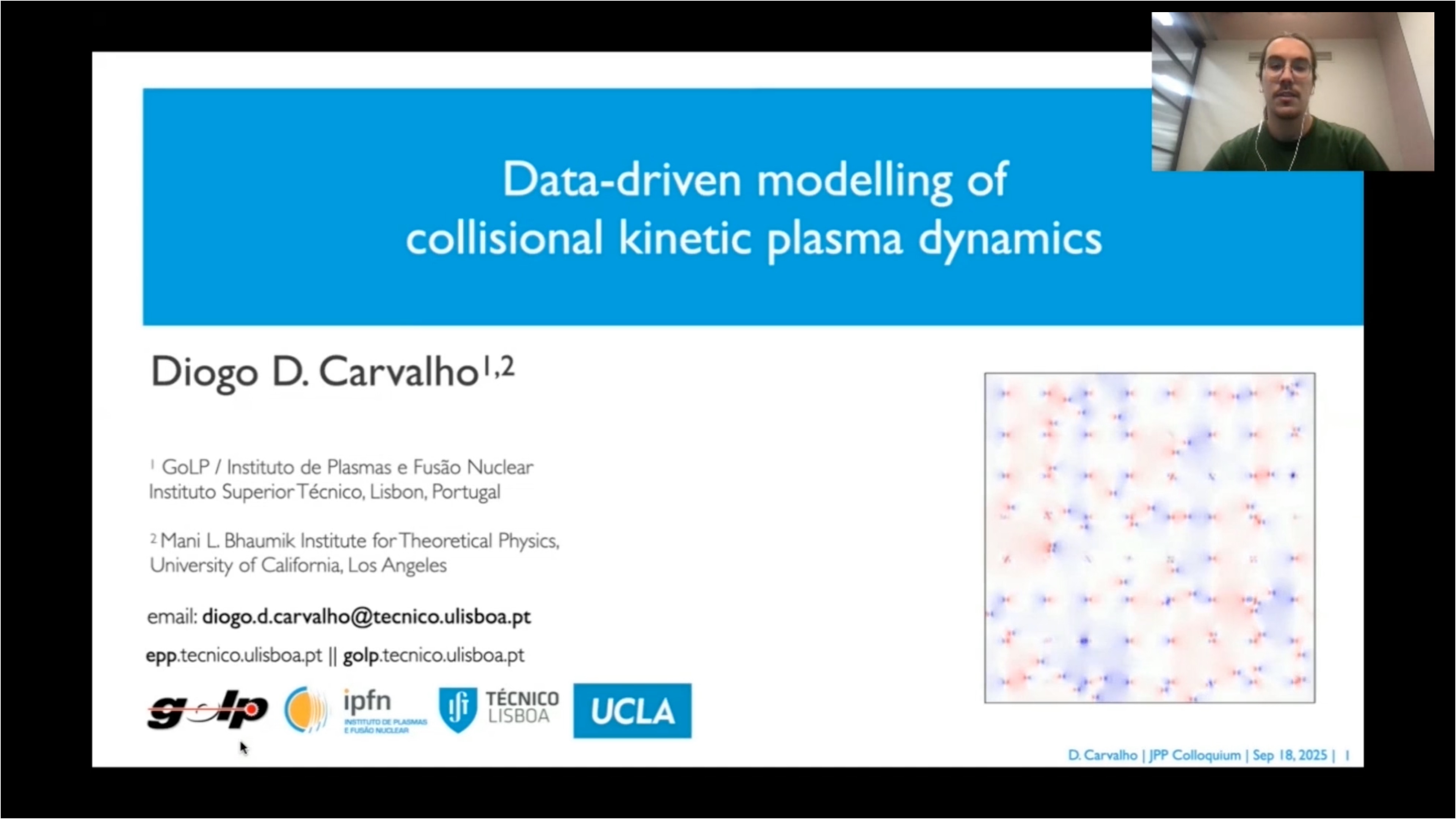
Diogo C delivered the JPP Frontiers of Plasma Physics Colloquium on September 18 2025 showcasing his most recent results on "Data-driven modelling of collisional kinetic plasma dynamics". Video available here
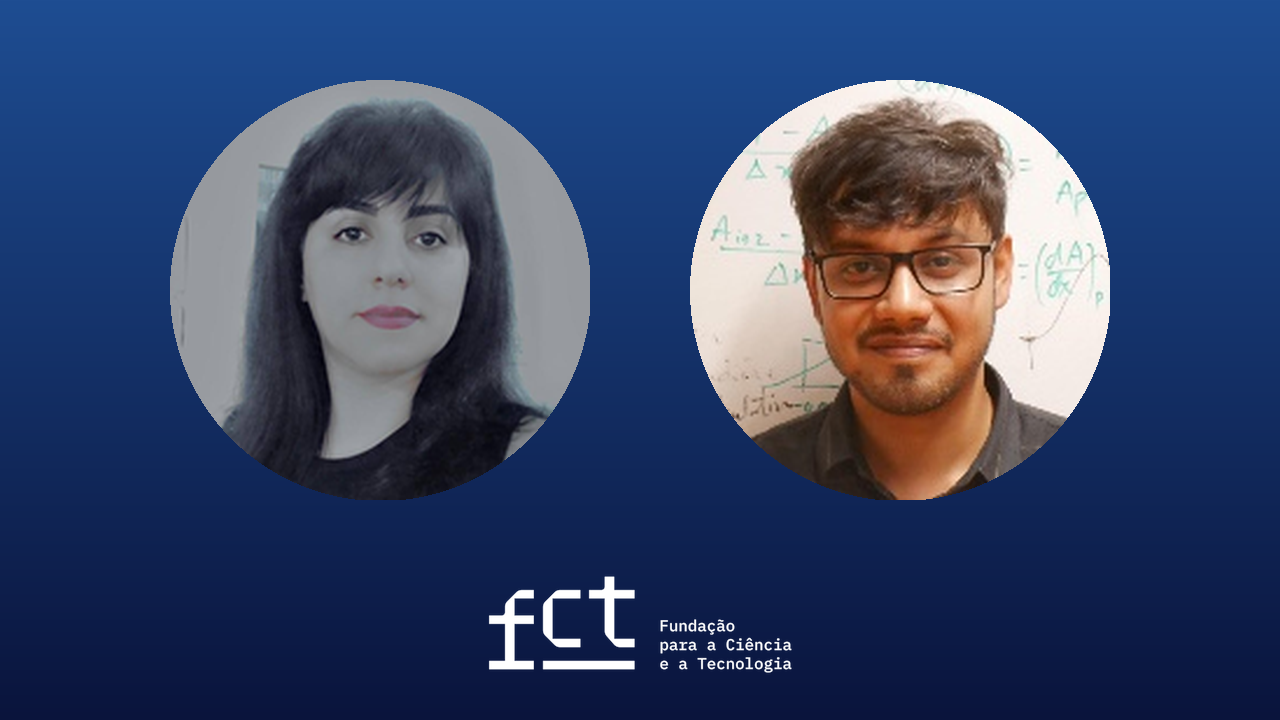 August 1, 2025
August 1, 2025
Ankur N and Zahra M awarded FCT fellowships for PhD studies
In the 2025 competition for PhD fellowships, Ankur N and Zahra M have been awarded prestigious FCT grants to continue their PhD studies at Técnico.
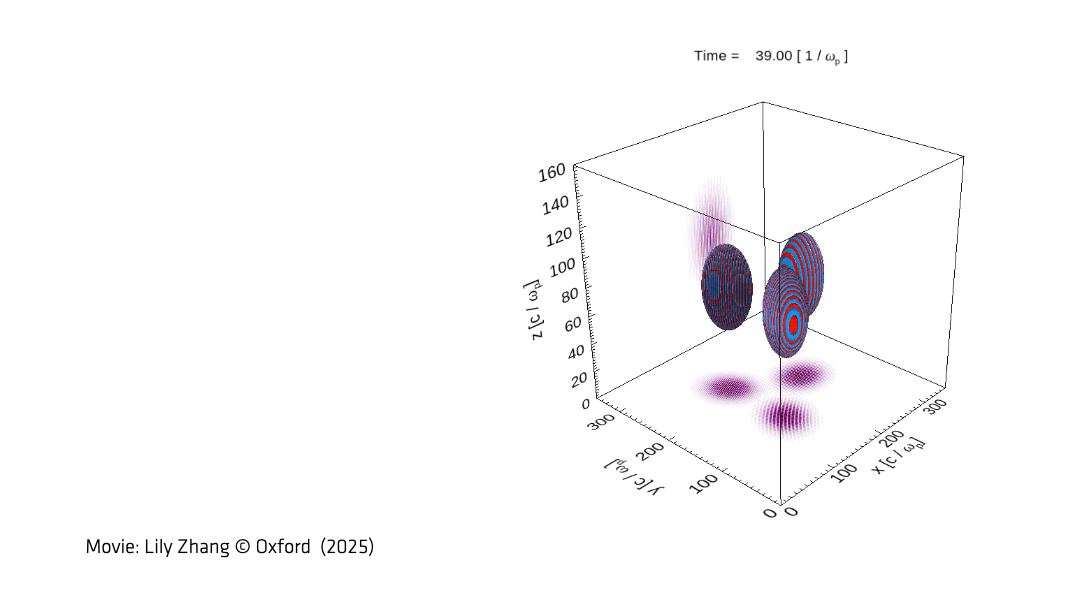 June 5, 2025
June 5, 2025
Computational Advances Pave the Way for Quantum Vacuum Exploration
A recent Communications Physics article by teams from Oxford and GoLP presents a new 3D semi-classical solver that simulates quantum vacuum effects, advancing the study of high-field laser interactions.
Based on the Heisenberg–Euler Lagrangian, the solver enables real-time modeling of phenomena like vacuum birefringence and four-wave mixing, offering valuable insights for future high-intensity laser experiments.
See also the related newspiece at the Oxford Physics website.
 May 12, 2025
May 12, 2025
Filipe C awarded a Fulbright Portugal scholarship for UCLA
PhD student Filipe C was awarded one of the Fulbright Portugal 2025/2026 PhD scholarships for research activities in U.S. institutions. This support will allow him to spend 6 months at the Plasma Simulation Group of the University of California, Los Angeles, where he will be collaborating with Prof. Warren Mori to study whether the incoherent properties of light could mitigate the laser-plasma instabilities that compromise Inertial Confinement Fusion.
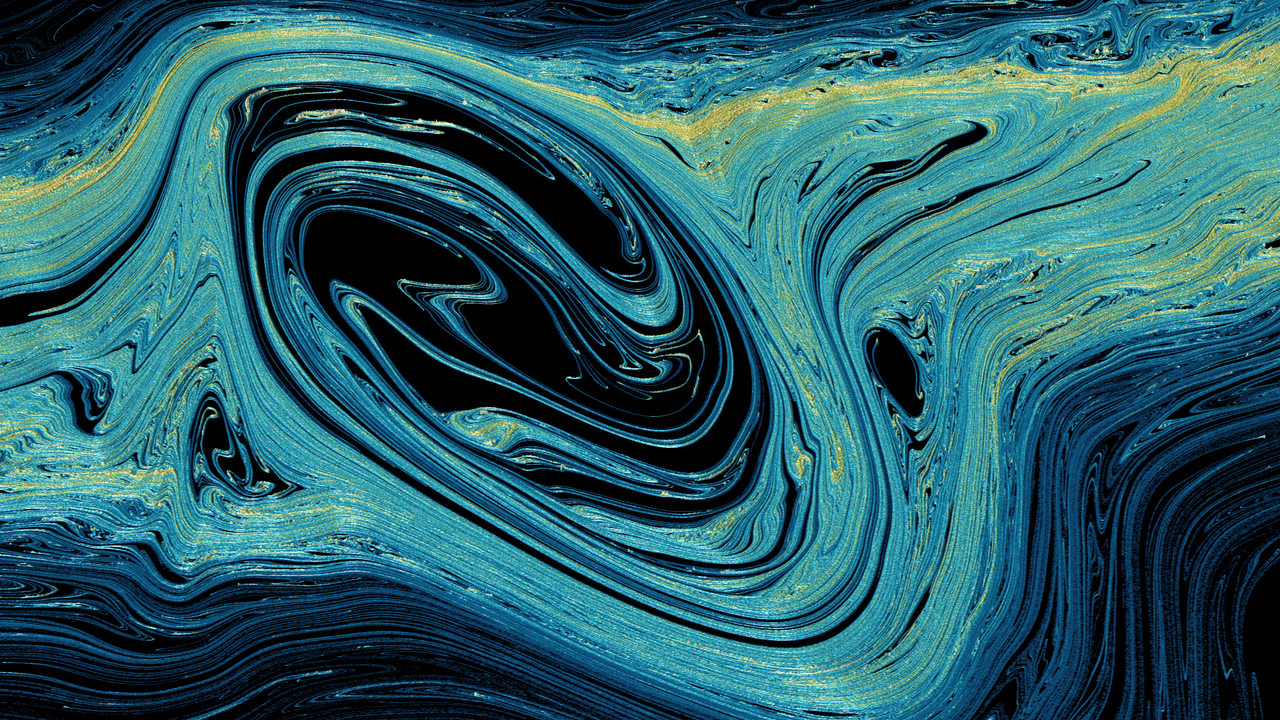 April 30, 2025
April 30, 2025
Turbulent Relaxation in Collisionless Plasmas Featured on the Cover of PNAS
In a
PNAS cover article
, a team of researchers from the
University of Oxford
(Robert J. Ewart, Michael L. Nastac, Alexander A. Schekochihin) and from
GoLP/IPFN
(Pablo B., Thales S., Luís O. S.) uncovered how collisionless plasmas relax to equilibrium under the action of turbulence.
This study shows that while collisional plasmas relax through particle collisions, collisionless plasmas reach universal non-Maxwellian equilibria with power-law energy distributions driven solely by turbulence. Large-scale GoLP simulations confirmed that turbulence erodes phase-space conservation and the plasma’s memory of its initial state, advancing our understanding of turbulence, entropy growth, and relaxation in both astrophysical and laboratory environments.
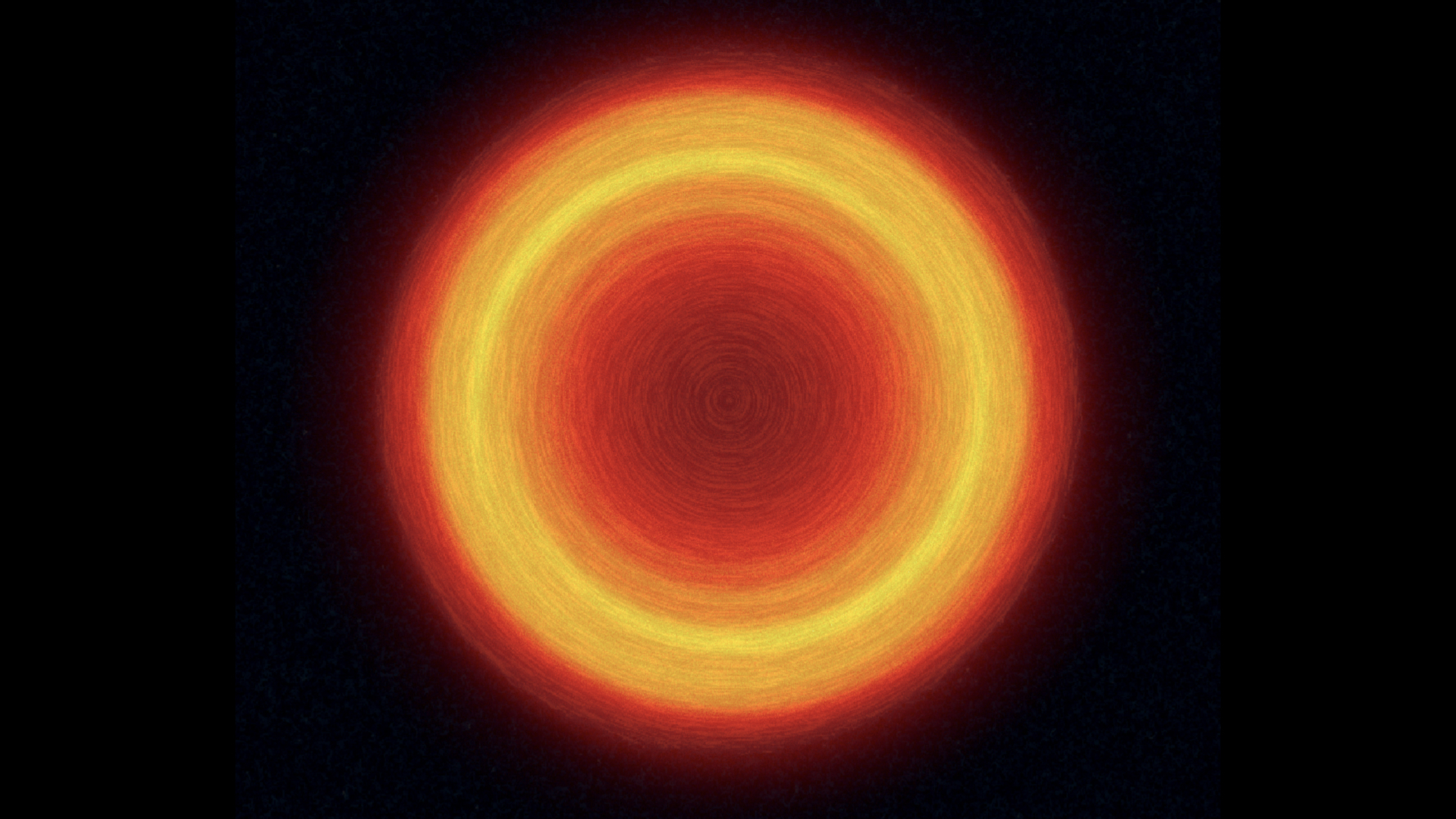 April 27, 2025
April 27, 2025
Paper in Science Advances unveils unique radiation properties of magnetized relativistic plasmas
In a recent paper in Science Advances,
Pablo B, Thales S, and Luis O S show that radiatively cooled relativistic plasmas can spontaneously emit
coherent, polarized radiation via the maser instability.
This is a universal feature of relativistically hot plasmas embedded in ultra-strong magnetic fields—such as in
the magnetospheres of neutron stars—and should also be observable in laboratory conditions.
The paper was also featured in a long story in the national newspaper
Público, on the
IST website, and as a newspiece on the website of the Portuguese Science Foundation.
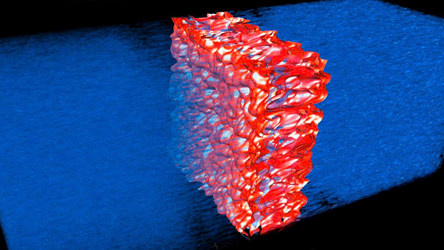 April 17, 2025
April 17, 2025
Plasma streaming instabilities constrain dark matter models
In a recent Letter in
Physical Review D
(selected as an
APS Physics newsmagazine highlight
and an
Editor’s Suggestion),
a team of researchers from
GoLP
(Nitin S, now at CINECA;
Kevin S, now at Ruhr University Bochum; and Luís O. S.) established a new strong bound on
dark electromagnetism, a hypothetical electromagnetic-like interaction in the dark sector. Dark matter and its properties lie at the heart of fundamental physics, and this work shows that plasma-physics–inspired models and simulations can constrain its properties.
Under the simplest model, dark matter behaves like a cold, collisionless plasma of self-interacting particles, which can exhibit streaming instabilities. By comparing simulation results (e.g. slowdown of colliding dark pair-plasma clouds) with observations of the
Bullet Cluster, the paper sets almost gravity-like constraints on the strength of dark electromagnetism, significantly narrowing the allowed mass and interaction strength parameter space. See also the IPFN news release:
Intergalactic collision brings new restrictions to dark electromagnetic interactions
.
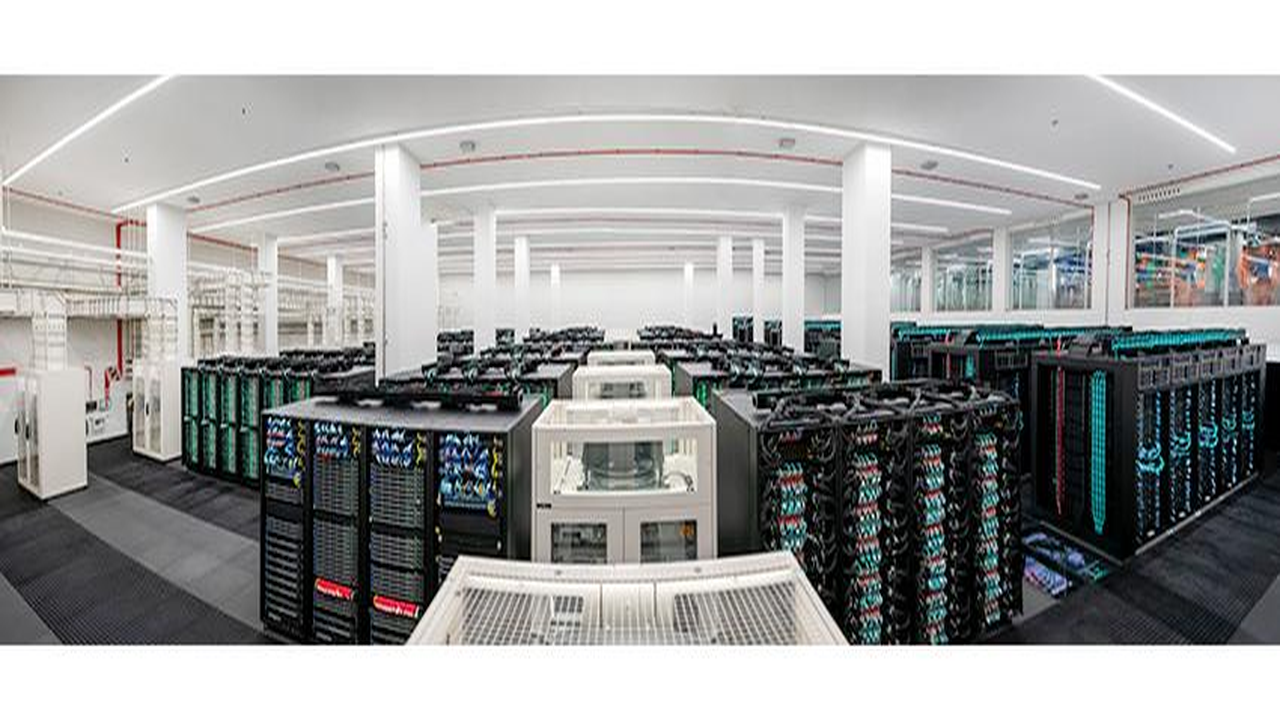 November 21, 2024
November 21, 2024
GoLP researchers secure 30 million core hours on MareNostrum 5
The project “Realistic Simulations of Relativistic Plasmas in Astrophysical and Laboratory Environments”, led by GoLP researchers Thales Silva and Pablo Bilbao, has been awarded 30 million CPU core hours on the
MareNostrum 5 supercomputer through the Rede Nacional de Computação Avançada. These resources will support advanced simulations of relativistic plasmas under extreme conditions, with applications to pulsars, magnetars, Fast Radio Bursts, and high-intensity laser–plasma experiments, bridging astrophysical processes and laboratory studies to advance plasma physics.











